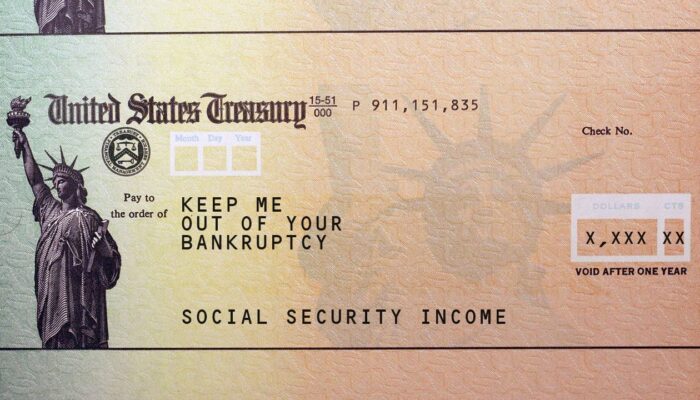Bankruptcy Means Test for Chapter 7 in California, and Everywhere Else
Bankruptcy means test for Chapter 7 was created by Congress to decide if you qualify for liquidation or straight bankruptcy. Here is what it is, some answers to common bankruptcy means test questions, and a weird tip on passing the bankruptcy means test and its median income limits (ok, it’s not weird, but I think you’ll find it helpful).
What is the Bankruptcy Means Test
The bankruptcy means test is a long form that asks how much money someone has earned recently. It starts by determining a) what your “current monthly income” is. Then, it compares that to b) a median income limit for their state, for a similar-sized household. If your income is less than the magic number, you pass the means test for Chapter 7. Consequently, you can file bankruptcy that way.
Figuring Your Current Monthly Income
Once you’ve figured out which income limit number is the standard for your state, you now need to compare against it your current monthly income. And like most things in bankruptcy, this is not as straightforward as it seems.
Continue reading “Bankruptcy Means Test: a calculator, and a trick to pass (2024)”








